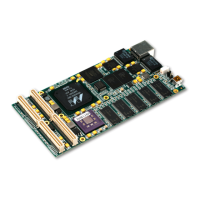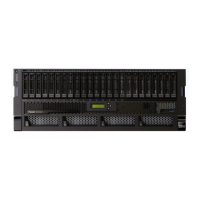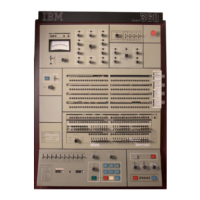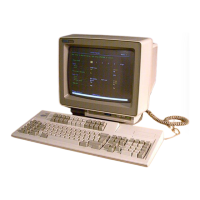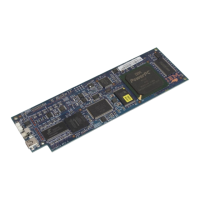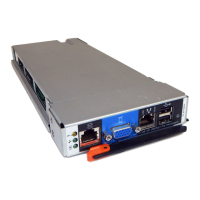Consider a scenario where such a situation causes store data to be held
in
the store data queue. If
any of the loads access the same address as the address of the store operation whose data is being
held in the store data queue, there is a need to bypass the store data from the store data queue to
provide the correct data to the
load operation.
A bypass is determined to be required by comparing the pending store address with the
load address.
However, the comparison is done with a 16KB address representation for the
load and store
operations, not the 4KB address (the physical size of the
PPC405GP OCM array). If the 16KB
address compares, the store data is bypassed to the
load operation. This implies that a bypass
results for address
aliasing only when the OCM addresses match at a 16KB multiple, which
corresponds to a match of address bits 18:29 (a word address that is further specified by byte
enables). Although the physical address space is aliased at 4KB
multiples, the bypass determination
is made at 16KB
multiples. Therefore, if bits 18: 19 of an aliased load address do not match bits 18: 19
of the 16KB store address of the data being
held in the store data queue, the load data will not be
coherent.
Instead of returning the most recently stored data, which is being held
in
the store data
queue, the
load returns "old" data previously stored in and accessed from the OCM array.
Table
5-1
provides examples that describe bypass behavior when address aliasing is used.
Table 5-1. Examples
of
Store Data Bypass
Example Store Address
Load
Address
4KB
Allased
16KB
Allased
Bypass
Address Address
1
OxOOOO0100
OxOOOO0100
Same Same
Yes
2
OxOOOO0100
OxOOOO0400
No No No
3
OxOOOO0100
OxOOO01100
Yes
No,
loads
old
data
No
4
OxOOOO0100
Ox00005100
Yes
No,
loads
old
data
No
5
OxOOOO0100
Ox000041
00
Yes
Yes
Yes
6
OxOOOO0100
Ox000081
00
Yes
Yes
Yes
Example 1 provides the most basic example,
in
which the load and store addresses are the same.
This results in the
load accessing the queued store data, bypassing the OCM array to satisfy the load.
Example 2 shows two different addresses that are
not
aliased (both addresses are
in
the 4KB SRAM
address space). No bypass occurs, and the
load returns the correct data from the OCM array.
Examples 3 and 4 show aliased addresses that do not bypass data because the addresses do not
compare within a 16KB address space.
In
both examples, address bits 18:19 do not match. In both
examples, the
load does not return the most recently stored data from the store data queue; the load
returns the "old' data from the array.
To
avoid such problems, alias
on
16KB boundaries. If addresses
are
aliased on 4KB boundaries, place at least one instruction that does not access the data-side OCM
between a load and a store to the same aliased address so the store data has a cycle to be written .
into the array.
Examples 5 and 6 bypass data out of the store data queue because the aliased addresses compare
within a 16KB address space.
In
both examples, address bits 18:29 match, and load data is returned
from the store data queue.
5-4
PPC405GP
User's
Manual
Preliminary
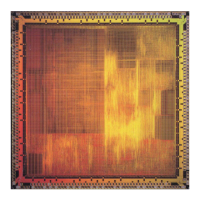
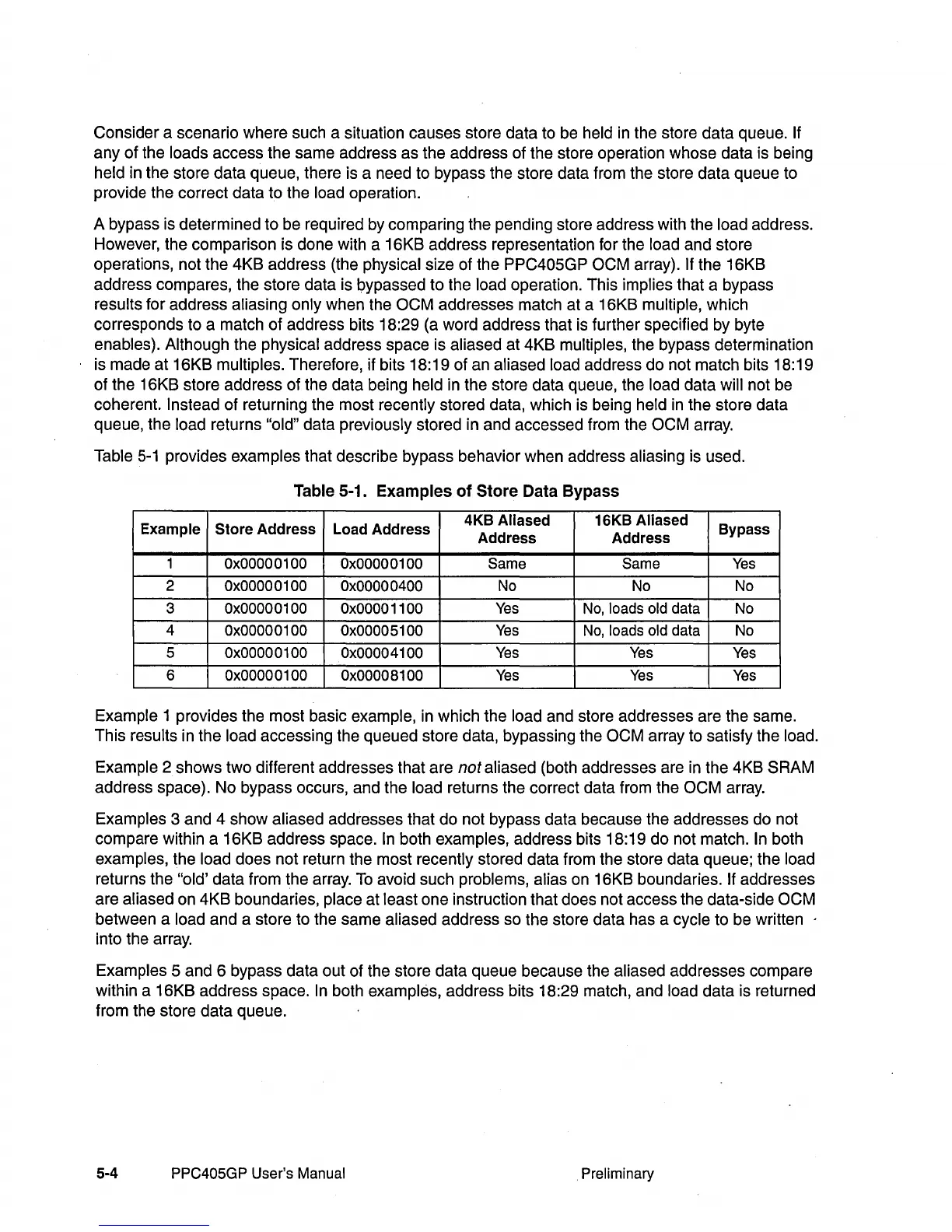